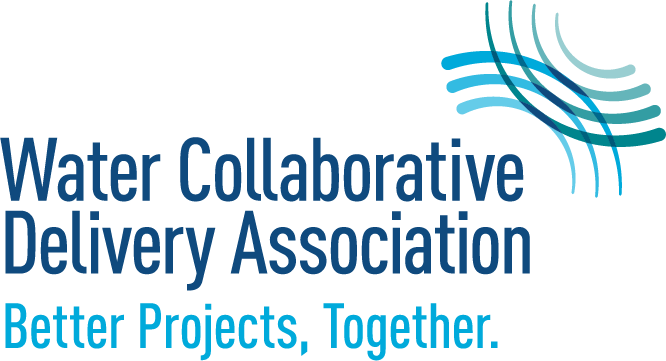The construction management at-risk (CMAR) delivery model requires contractors, engineers, and owners to think differently about how, why, and when change orders are executed. For the sake of this topic, we will assume that the owner has a separate and autonomous contract with the contractor and the engineer and the project is a guaranteed maximum price (GMP) arrangement for a collaborative delivery.
Consensus among most standard conditions for construction contracts dictate GMP may only be changed by a change order and must follow requirements set forth by a change proposal. Should a change proposal not be accepted by the engineer or owner, the contractor is afforded a claim process. Subsequently, a contract time adjustment is typically addressed through this process as well. Change proposals are driven based upon an event not addressed at the GMP development and should be documented at least within 30 days of occurrence or sooner. A contractor can only prepare a cost for those items identified in the contract: plans, specifications, or known site conditions. When an event occurs that is beyond items and conditions identified at the time of the GMP, the contractor has the right to submit the change proposal unless identified otherwise in the contract.
A concern in most contracts is that a change in the GMP usually constitutes action by the owner’s governance such as city council, board of directors, or chief executive officer. Any time the contractor, engineer, and owner can successfully negotiate changed conditions or have a contract mechanism to address a change without a GMP adjustment, the project can move forward in a more expeditious manner, thereby completing earlier and not encountering delays caused by the approval process for an increase to the GMP.
How can you move through the CMAR process and minimize the GMP adjustment?
To minimize GMP adjustments, one approach is the use of a risk register to establish project contingency. The advantage of the CMAR process is the ability for the contractor to work with the engineer and owner to establish a risk register for construction items on the project. The risk register is a risk management tool that acts as a repository for all risks, clearly identifying the risks and actions to manage as the project advances through design and construction. The risk register should have an assigned monetary contingency, to be established early and updated often. Early in the design, submittals, and development of the GMP milestone, the risk register can be based upon the completion of design elements, known or unknown. In some instances, risk can be assessed to certain components of the work such as out-of-service periods required for treatment processes during construction, difficult geotechnical challenges, or unknown utility conflicts. All of these items can be the basis for the contractor to solicit a change proposal; however, if the risk assessment is performed correctly and adequate contingency is included in the GMP in the contract, the change can be mitigated within the GMP even though it is deemed a change in the work. This approach will expedite change proposals, have appropriate contingencies assigned where necessary, and provide the opportunity of credit to the owner when there is a reduction to the GMP at project close-out or at a time risk has been identified and addressed.
Upon identification of all risks in a category, such as site civil, the owner can elect to reassign the risk to other components of ongoing work as the project progresses or, if necessary, reduce the GMP for budget considerations; although it is prudent for the owner to carry unused contingency until all risks have been mitigated on the project. The milestone, where most risk is typically addressed, is 70% to 80% of project completion.
The CMAR project delivery model can work very well to manage change proposals if risks are appropriately identified, reasonable contingency assigned, and built within the contract. This approach can enable the contractor, owner, and engineer to administer changes that have nominal time impact due to administrative requirements to adjust the GMP.

